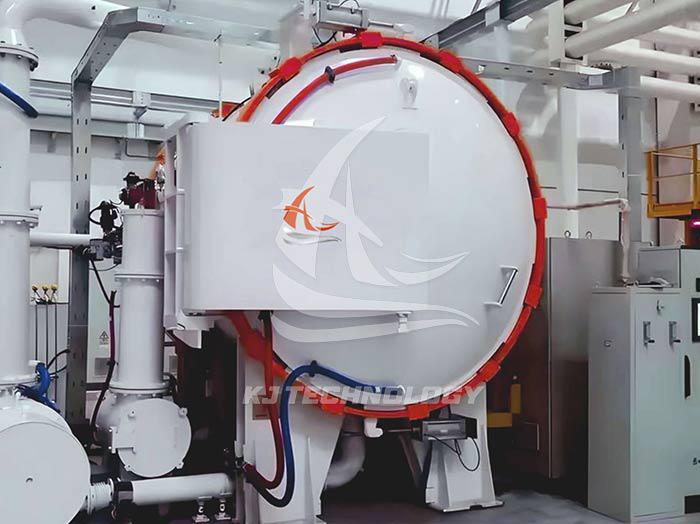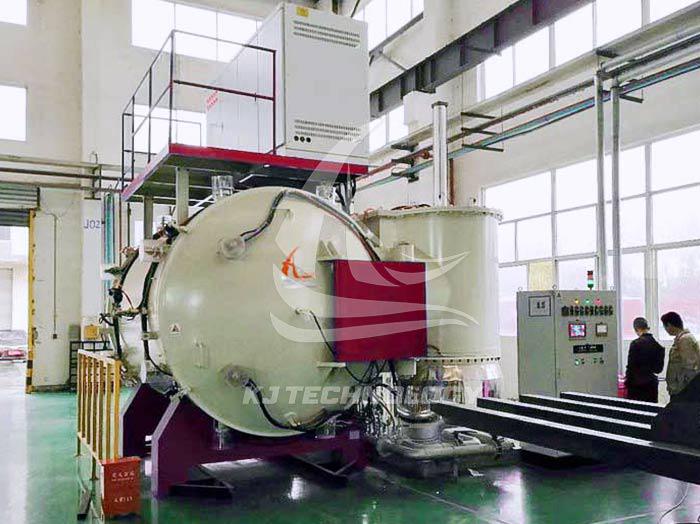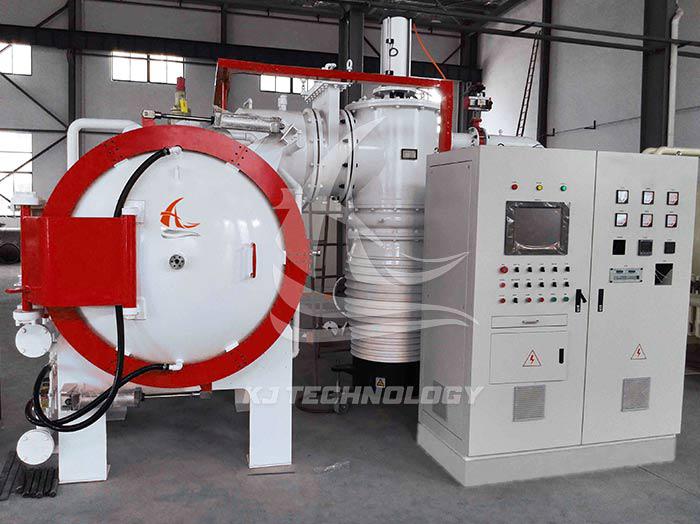What is the difference between vacuum annealing furnace and conventional annealing furnace?
 03-25-2025 Author: KJ technology
03-25-2025 Author: KJ technology
There are significant differences between vacuum annealing furnaces and conventional annealing furnaces in multiple aspects. The following is a detailed comparison between the two:
1. Working environment
Vacuum Annealing Furnace: Annealing treatment is carried out in a high vacuum environment, and the pressure inside the furnace is usually much lower than atmospheric pressure. This environment helps to reduce or avoid oxidation and contamination of materials during annealing.
Conventional annealing furnace: Annealing treatment is carried out in an atmospheric environment, with the furnace pressure being the same or similar to the external environment. Therefore, the material may be more susceptible to oxidation during the annealing process.
2. Heating method and control
Vacuum annealing furnace: Heating systems are usually more precise and efficient, ensuring uniform heating of materials. In addition, the control system of vacuum annealing furnaces is usually more advanced, which can achieve precise monitoring and regulation of multiple parameters such as temperature and vacuum degree.
Conventional annealing furnace: The heating method may be relatively simple, and the control system may not be as advanced as vacuum annealing furnace. In terms of temperature control, conventional annealing furnaces may have a certain fluctuation range, which affects the uniformity of annealing effect.
3. Processing effectiveness and application areas
Vacuum Annealing Furnace: Due to its high vacuum environment and precise heating and control, vacuum annealing furnaces can more effectively eliminate residual stresses inside materials, improve crystal structure, and enhance material plasticity and toughness. Therefore, it is particularly suitable for fields that require high material performance, such as aerospace, semiconductor manufacturing, etc.
Conventional annealing furnace: Although it can improve the performance of materials to a certain extent, its processing effect may not be as good as vacuum annealing furnace due to the influence of atmospheric environment. Conventional annealing furnaces are more suitable for fields with less stringent requirements for material properties, or as preliminary heat treatment processes.
4. Cost and Maintenance
Vacuum annealing furnace: Due to the use of more advanced and complex heating, vacuum, and control systems, its manufacturing and maintenance costs are usually higher. In addition, the operation and maintenance of vacuum annealing furnaces also require certain professional skills and knowledge.
Conventional annealing furnace: The structure is relatively simple, and the manufacturing and maintenance costs are low. Its operation and maintenance are relatively easy, and do not require excessive professional skills and knowledge.
In summary, there are significant differences between vacuum annealing furnaces and conventional annealing furnaces in terms of working environment, heating method and control, processing effect and application fields, as well as cost and maintenance. The choice of annealing furnace depends on factors such as the specific material type, processing requirements, and cost budget.








